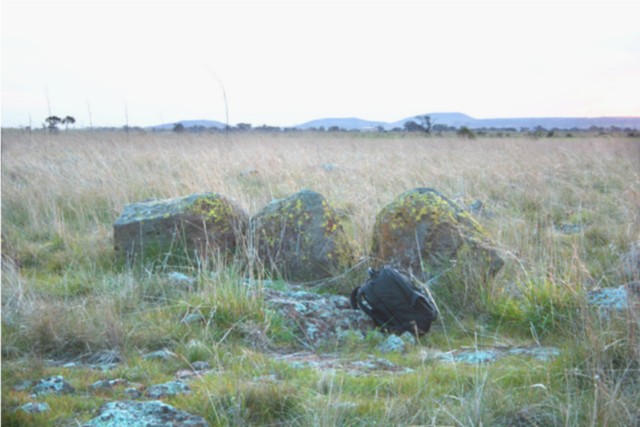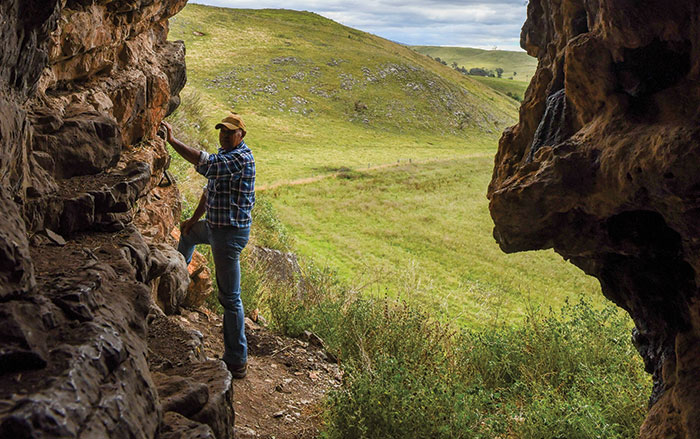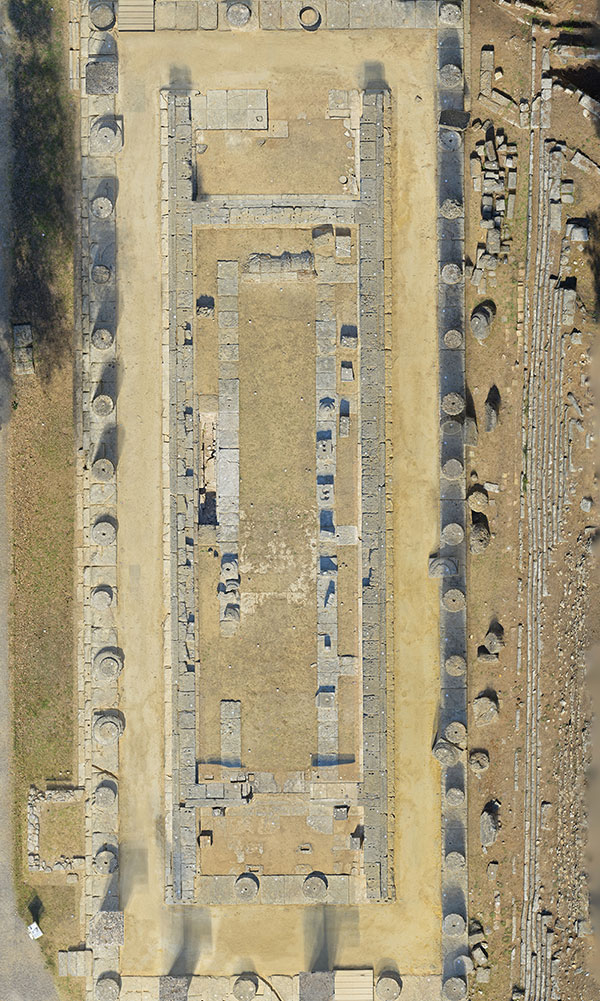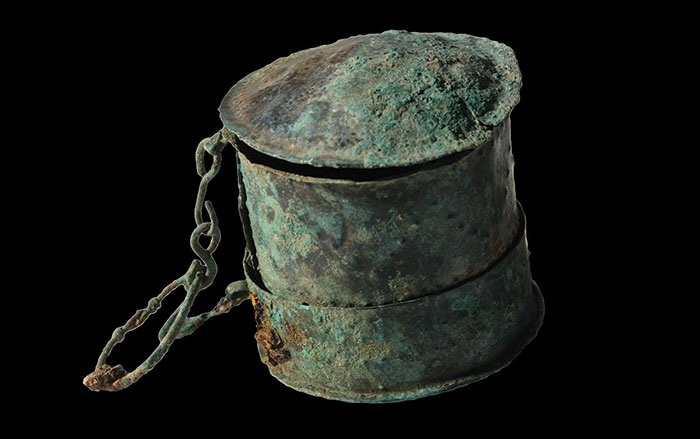
MELBOURNE, AUSTRALIA—ABC News Australia reports that the Wurdi Youang stone arrangement in southeast Australia may have been used to track the movements of the sun some 11,000 years ago by early farmers, who, according to Duane Hamacher of Monash University, had a complex understanding of astronomy and the motions of the sun, moon, planets, and stars throughout the year. Traces of villages and evidence of farming terraces and eel traps have been found near the stone circle and a water source. “If you’re going to have a stone arrangement where you mark off the seasons throughout the year with the solstices and equinoxes, it kind of makes sense if you’re at least most of the year in one specific location to do that,” said custodian Reg Abrahams. He added that people may have navigated by the stars and traveled at night to avoid the heat of the day. Plans are being made for archaeological investigation and dating of the site. For more on ancient astronomy, go to “An Eye on Venus.”











